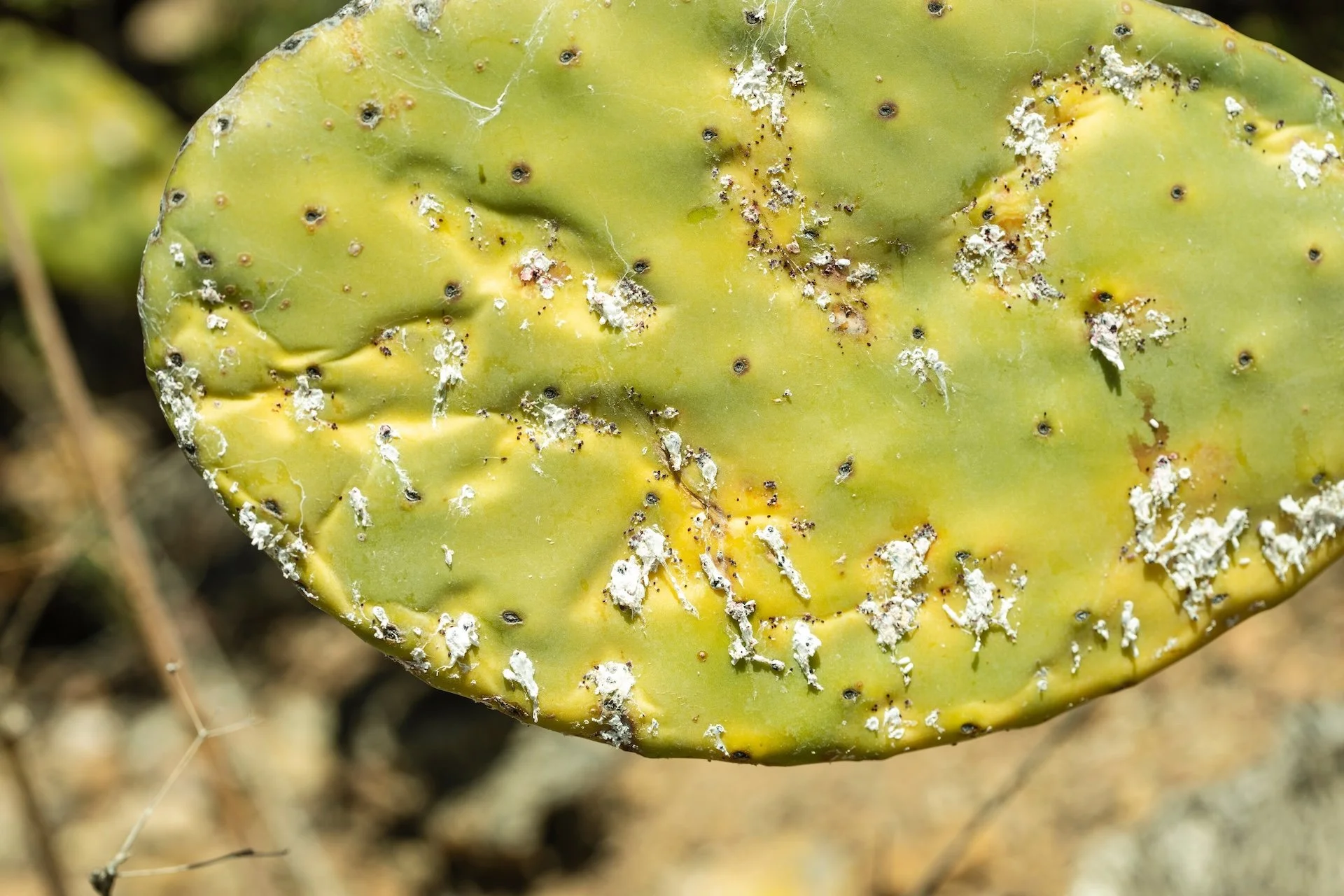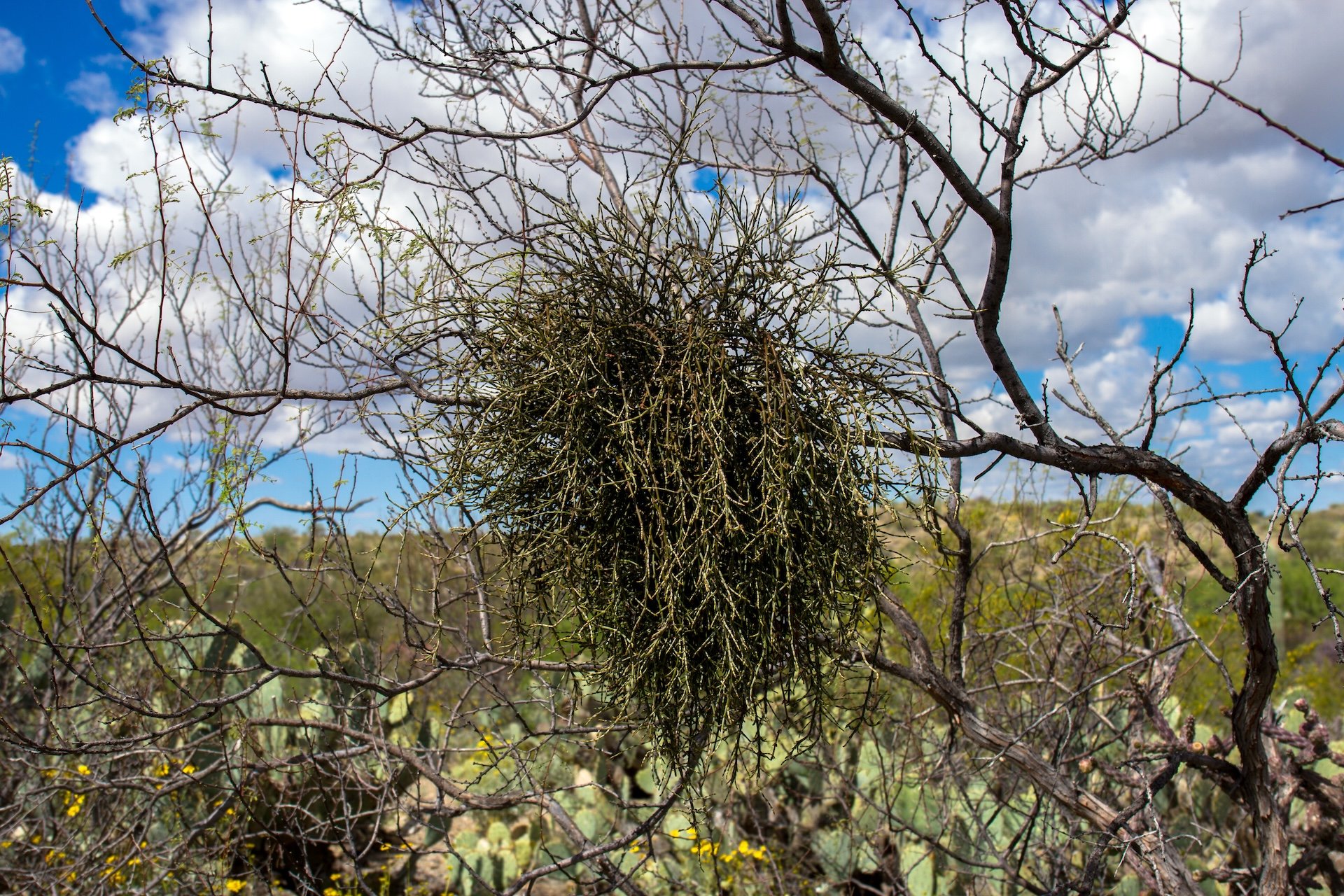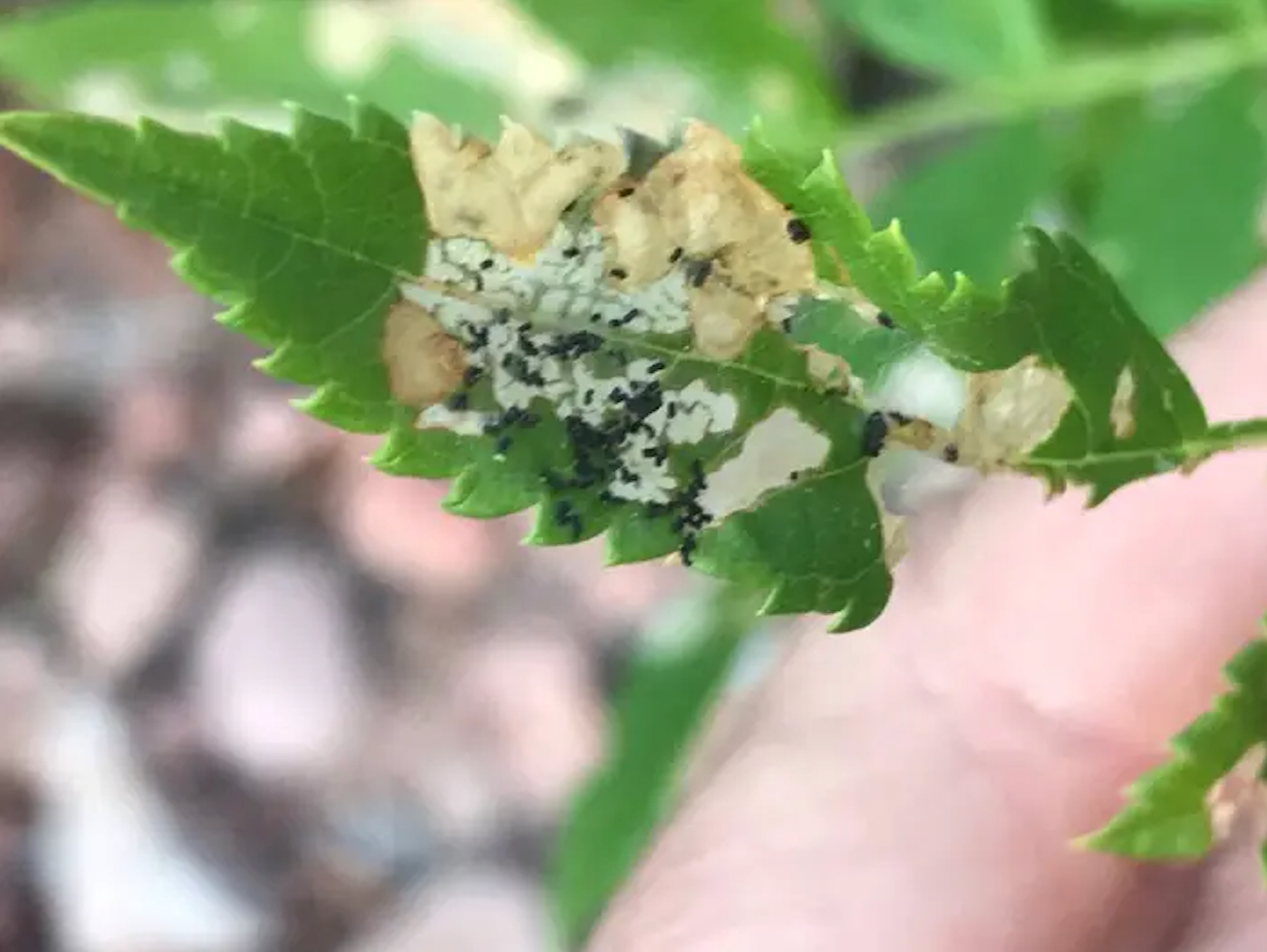What’s Wrong With My Plants—And What Can I Do?
Desert plants are known for their resilience, but even the hardiest landscape can run into trouble—especially during Arizona’s scorching summers or unpredictable winters. If you’ve ever looked at your garden and thought, “Why is one plant thriving and the other one dying?”—you’re not alone.
Let’s explore some of the most common issues we see in Arizona backyards, why they happen, and how you can bring your plants back to life.
“Why is one of my plants thriving, and the other one is dying?”
We hear this question often—and the answer isn’t always simple. Just like people, plants are living things. They require regular care, attention, and sometimes a little troubleshooting.
You might assume your irrigation timer is enough. After all, it turns on automatically, right? But a timer isn’t a substitute for maintenance. Think of it this way: you wouldn’t tell a newborn, “The fridge is down the hall—help yourself.” Just because water is scheduled doesn’t mean it’s reaching the plant. Emitters can clog, root systems can dry out, or a plant might be receiving too much direct sunlight.
Some helpful tips:
Check the emitter: Make sure water is actually reaching the base of each plant.
Use mulch wisely: A layer of mulch helps lock in moisture and protects roots from the sun’s intense rays.
Know your plants: Some dislike water on their leaves, others prefer shade, and some are more drought-tolerant than you think.
If your installer or maintenance provider doesn’t have the answers, it’s worth finding a knowledgeable nursery or design partner—like Wildflower Desert Design—who does.
Common Plant Problems in Arizona Landscapes
Problem: Mistletoe on My Palo Verde or Mesquite
What’s happening:
Mistletoe is a parasite that taps into your tree’s resources, weakening it over time.
Solution:
Prune affected branches below the point of attachment. The earlier you catch it, the better.
Problem: Tecoma Leaves Are Being Eaten
What’s happening:
Leaves are rolled, scarred, or full of holes.
Culprit:
Tier moth caterpillars (aka skeletonizers).
Solution:
Apply Bacillus thuringiensis (Bt)—a pet-safe, eco-friendly insecticide—before monsoon season in July/August.
Problem: My Prickly Pear Has a White Fungus
What’s happening:
White, fuzzy coating on pads.
Culprit:
Cochineal Scale—not a fungus, but a pest that leaves waxy residue after feeding on your cactus.
Solution:
Spray with a strong jet of water to knock them off.
Follow up with insecticidal soap or mild dish soap + water.
For severe infestations, try Neem oil or Malathion + Triazide with dormant oil spray.
Summer & Winter Landscape Do’s and Don’ts
✅ DO:
Increase watering frequency during 110°F+ days.
Apply mulch to protect roots and retain moisture.
Understand your plants’ needs: sunlight, water, and seasonal care.
❌ DON’T:
Fertilize in extreme heat or cold—this can do more harm than good.
Prune during temperature extremes—leave burnt tips in winter; avoid summer pruning to prevent stress.
Let’s Troubleshoot Your Landscape—Together
Struggling with plant issues or just want to show your yard some love?
Schedule a free consultation with our desert landscape experts and get tailored advice for your outdoor space.
Want more desert gardening tips?
Check out these articles:



